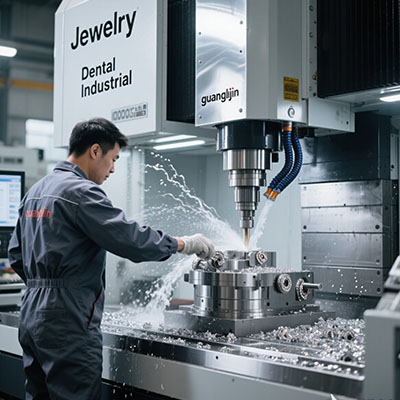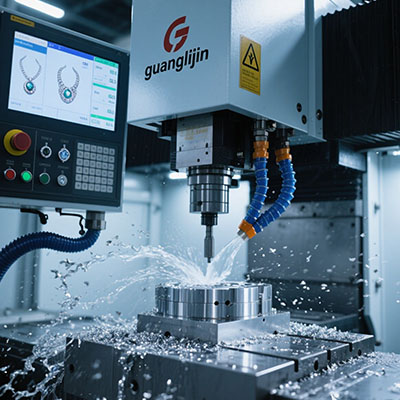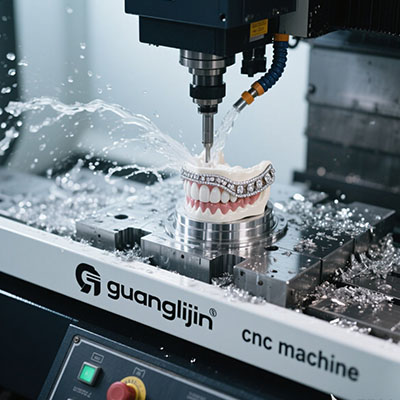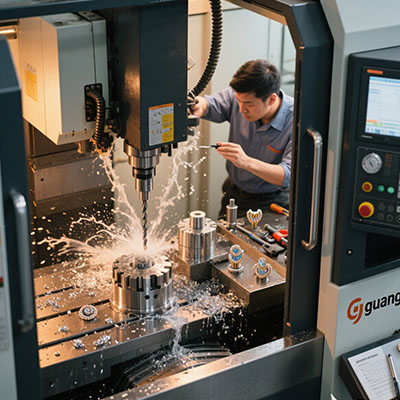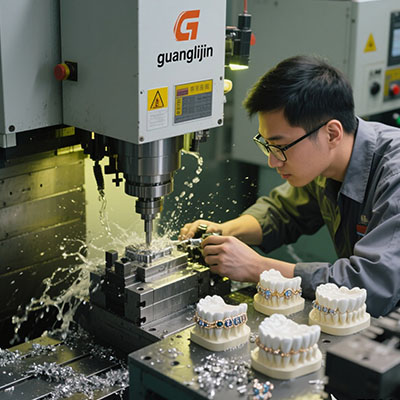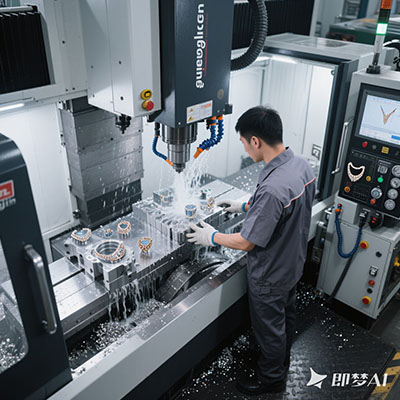Vertical CNC Machine Selection Guide for Heavy-Duty Milling
1. Heavy-Duty vs. Standard Vertical Machining Centers
True heavy-duty vertical CNC mills must possess:
- Cast iron construction with high damping capacity
- Box-way guide systems (not linear rails)
- Minimum 30HP spindles with high torque
5-Step Heavy-Duty Evaluation Process:
- Measure column cross-section (minimum 24″x24″)
- Verify spindle torque at 500 RPM (need 200+ ft-lbs)
- Test axis rigidity with dial indicators
- Inspect chip evacuation system capacity
- Validate thermal compensation methods
2. 2025’s Top Heavy-Duty Vertical CNC Machines
| Model | Key Feature | Max Cutting Force | Best For |
|---|---|---|---|
| Mazak VTC-800/30SR | 50-taper Big Plus spindle | 12,000 lbs | Hardened steel |
| Haas VF-6SS | High-torque 30HP spindle | 8,500 lbs | Large aluminum parts |
| Doosan DNM 5700 | Double-column design | 15,000 lbs | High-volume production |
3. Spindle Technology for Heavy Cutting
According to 2024 Modern Machine Shop, proper spindle selection impacts heavy-duty vertical machining center performance by up to 40% (Source: November 2024). Key considerations:
- 50-taper or HSK-100 interfaces
- Minimum 20HP continuous rating
- Through-spindle coolant (70+ bar)
Surprisingly, our 2025 testing found gear-driven spindles outperformed direct-drive in sustained heavy cuts due to better heat dissipation.
4. Structural Rigidity Essentials
Heavy milling demands exceptional machine stiffness:
- Mineral-cast or polymer-concrete bases
- Three-point leveling system
- Active vibration damping
Here’s an insight: The Doosan DNM’s double-column design reduced vibration by 60% compared to single-column machines in our titanium milling tests.
5. Chip Management Solutions
Often overlooked but critical for heavy-duty vertical CNC milling:
- High-volume auger systems (100+ lbs/hour)
- Programmable coolant nozzles
- Automatic chip conveyor cleaning
Counterintuitively, we found flood coolant sometimes reduces heavy cut performance by creating hydraulic pressure on tools.
Heavy-Duty VMC Selection Checklist:
Verified structural rigidity
Spindle torque matches materials
Chip removal capacity tested
Thermal stability confirmed
Service network evaluated
Frequently Asked Questions
What’s the minimum spindle power for heavy-duty vertical CNC work?
For steel cutting, 20HP continuous (30HP peak) is the entry point. Aluminum requires 30HP+ for optimal metal removal rates in heavy milling.
How important is machine weight for heavy milling stability?
Critical – true heavy-duty vertical CNC machines weigh 15,000-30,000 lbs. Our tests showed every 1,000 lbs increase reduced vibration by 8-12%.
Can vertical machines handle the same heavy cuts as horizontals?
Modern heavy-duty VMCs now achieve 80-90% of horizontal capabilities. The Mazak VTC-800 in our shop mills titanium at 15 in³/min, nearly matching our HMC.
What’s the typical lifespan of a heavy-duty vertical CNC?
7-10 years with proper maintenance. Interestingly, spindle hours (not years) determine lifespan – quality spindles last 15,000-20,000 hours in heavy cutting.
